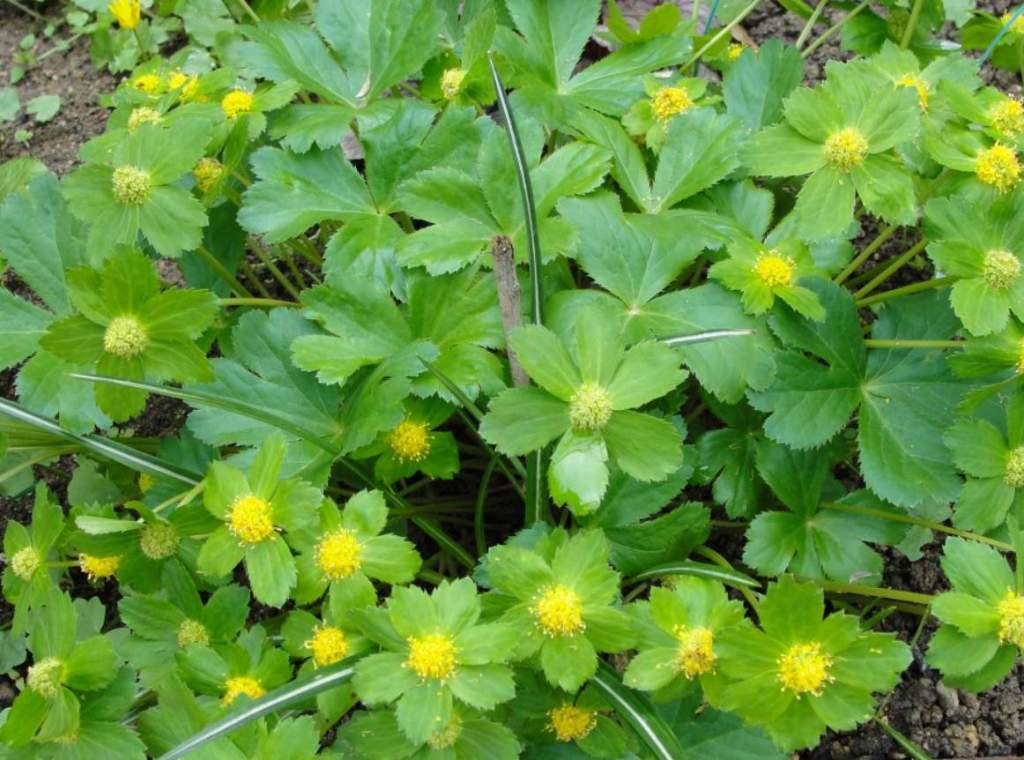How Do You Take Care of Black Succulents?
Being a succulent lover, you are curious about how you take care of black succulents. One of the many things we love about succulents is how low-maintenance they are. For one, they don’t need a lot of watering and can survive even with a little bit of neglect. Proper care will still make a huge difference, of course, especially if you plan on propagating your mother plants in the future. However, the fact that the plant can survive minimal watering and attention is reassuring for new (and busy) growers.
We understand why you might think that beautiful black succulents will require more care. They do look the part; don’t allow yourself to get intimidated by them because of their color. You’ll be surprised at how similar their care requirements are to those of other succulents.

The Most Popular Black Succulents
It’s impossible for us to list all of the different types of succulents and their black varieties. Hence, we’re going to focus on the most popular ones instead.
Echeveria, “Black Prince”
This succulent came about as a hybrid between Echeveria shaviana and Echeveria affinis. Also known as Black Hens and Chicks, it is a slow-growing succulent known for its deep purple leaves that sometimes get so dark that they end up looking black.
Aeonium Arboreum “Zwartkop”
Another popular black succulent is the Aeonium arboreum “Zwartkop,” also known as the Black Rose. It is easy to spot in any garden due to its striking black-colored foliage and bright yellow flowers.
Echeveria Affinis
If the Black Rose succulent produces golden-yellow flowers, Echeveria affinis, also known as the Black Knight, has bright red blooms. It can certainly make a statement in any garden, whether used as ground cover or planted in a small container by the windowsill.
Sempervivum Heuffelii “Irene”
The Sempervivum heuffelii is known to change its colors throughout the season, but it’s a burgundy red rosette most of the time. Then, once the winter months come along, it usually turns into a deep, dark purple color that almost looks black, especially from a distance. Regardless, a lot of succulent lovers still categorize this as a black succulent.

How To Care for Black Succulents
Again, the succulents we featured are not the only black succulents out there. You will find more as you move along your succulent-growing journey. For now, let’s talk about their general care requirements. Some points may still vary according to each specific plant. Hence, it would be best to do your research about the particular plant you’ve chosen to care for.
Lighting Requirements
While most succulent plants need bright yet indirect sunlight, a lot of black succulents need full sun to keep their deep, dark color. If not, they will still survive but will potentially turn green or end up looking a bit pale. Even so, remember that these plants are still prone to getting sunburnt if temperatures are particularly high in your region.
Another option is to slowly acclimate your succulent to the heat in your area by gradually exposing your plant to more outdoor hours each day. As you can imagine, this is only possible if it’s potted. Otherwise, we recommend planting it in a shadier spot in your garden.
Water Requirements
When it comes to watering, black-colored succulents will thrive following the soak-and-dry method. Basically, this means waiting until the soil is completely dry before you water it again. When you do, make sure it’s completely soaked until the excess water starts to seep out of the container.
Soil Requirements
Most black succulents are sensitive to overwatering. As such, it is ideal to plant them in well-draining soil and containers. There are potting mixes already pre-formulated for succulents. You can also prepare your own by adding some perlite to your potting mix. Doing so will not only ensure fast draining but can also improve aeration.
Weather and Temperature
The cold-hardiness of black succulents can greatly vary. Some are more cold-hardy than the average succulent, while others need to be transferred indoors the moment the temperatures drop, even for just a bit. For instance, the Black Prince succulent is not cold-hardy. They need to be brought inside if it gets colder than 20 degrees Fahrenheit. On the other hand, the Irene succulent is winter-hardy and will survive even amidst freezing temperatures.
Growing Black Succulents
Indeed, there are a lot of reasons to fall in love with black succulents. They are strikingly beautiful, memorable, and brilliant conversation starters. Always Instagrammable, they are perfect for creating your own goth garden too. That said, we understand why they might look daunting to care for. You’ll be surprised at how easy it is to maintain and grow. Just like other succulents, these beautiful plants are drought-tolerant, resilient, and low-maintenance. While they might need a little bit more sun than their green counterparts, their water and soil requirements are basically the same.







